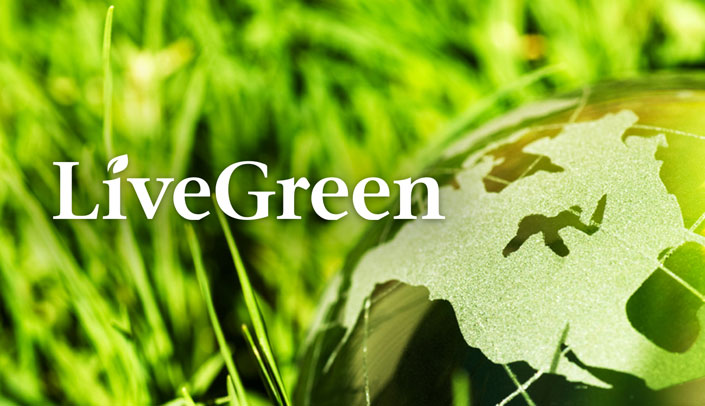Happy International Day for the Preservation of the Ozone Layer!
So why do we care about the ozone layer?
Ozone normally resides in in the upper levels of the atmosphere, known as the stratosphere, 10-40km above the Earth’s surface. This is called atmospheric ozone and it is vital to our well-being on Earth.
Why?
|
LIVEGREEN |
by Melanie Stewart |
Ozone absorbs almost all of the ultraviolet radiation from the sun. Without ozone all plant and animal life on Earth would be subject to all of the sun’s UV-A and UV-B rays. We worry about what little comes through now as it causes sunburn, melanoma, and (gasp!) wrinkles; can you imagine what would happen if we didn’t have ozone? Lots of death. DNA damage caused by radiation would be so severe that many plants would die — plants that are responsible for sustaining animal life. That is, any animals that managed to survive severe radiation burns. To help you put this into perspective, radiation above the atmosphere, pre-ozone, can be 350 million times as powerful as radiation at the surface.
Wait, didn’t LiveGreen have an article about how bad ozone was?
Yes! However, ozone is only bad at ground level, when it acts as a pollutant. It is created when sunlight hits volatile organic compounds (VOCs) and nitrogen oxide waste emitted from cars, gas vapors and industrial facilities. It is a major component in smog and causes breathing and health problems. However, atmospheric ozone acts as a protectant to our way of life on Earth. Hence the saying Ozone: Good Up High, Bad Nearby.
So what can be done to protect the atmospheric ozone layer?
In 1987 the Montreal Protocol on Substances that Deplete the Ozone Layer was drafted and signed by 28 different countries. These countries have a commitment to control global production of the chemicals that cause damage and aim to eliminate them completely. Phase-outs have been adhered to in most cases and some are ahead of schedule. International Day for the Protection of the Ozone Layer was proclaimed by the United Nations General Assembly in 1994 to commemorate the signing of the Montreal Protocol.
What can I do?
Don’t buy products that contain depleting substances. This can include chlorofluorocarbon (CFCs), halons, hydrochlorofluorocarbons (HCFCs), methyl bromide and other solvents. Products include certain aerosols, foams, and polyurethane, and are used in refrigeration, fumigation in agriculture, and electronic assembly. For more information, click here.

